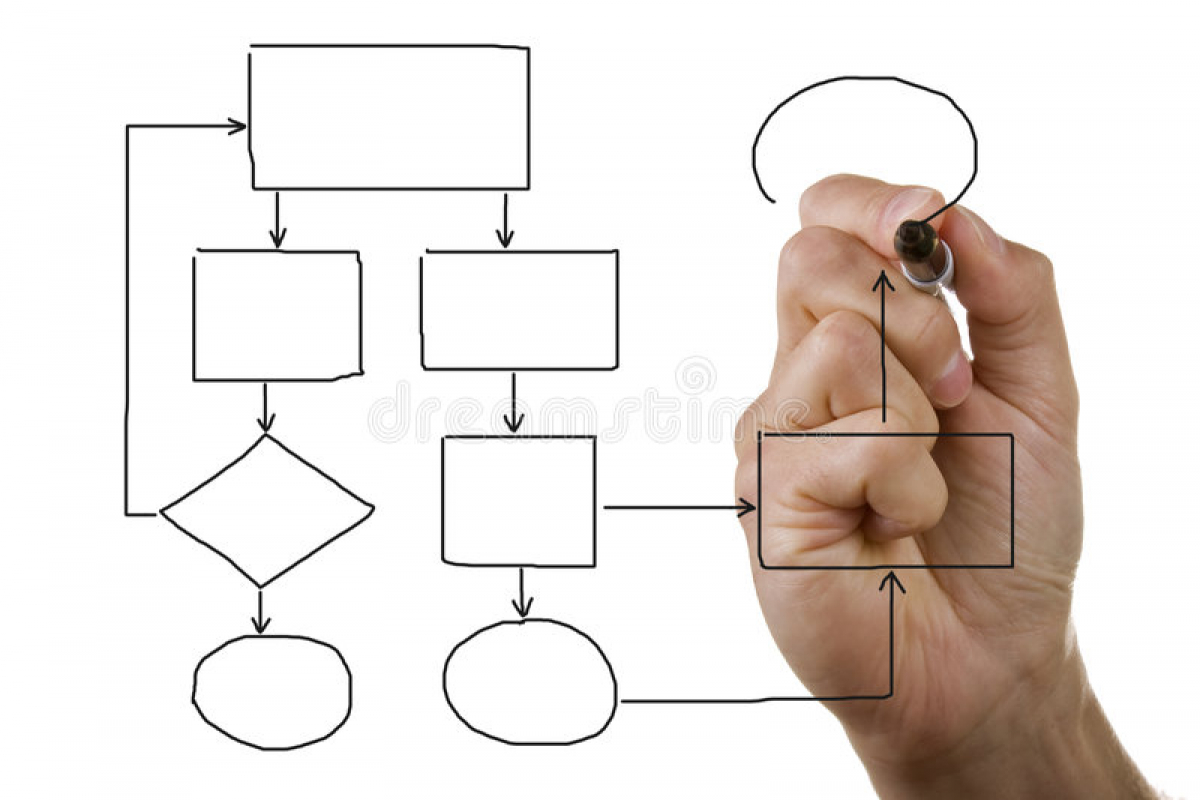To gain a complete understanding of how your business operates it is important to understand the work processes happening in your organisation. Process mapping is a technique used to illustrate in a flowchart format the steps in the process.
These steps can then be analysed to identify any opportunities for potential improvement. The benefit of using this technique is that as well as providing a visual guide it also allows for the impact of decisions made in one process to be reflected in future processes. Thus by building up a series of process charts you can see any potential pinch points in your organisation.
Where to Start?
Identify the Process: This sounds easy but remember that this should be done at a micro level. Then when completed they can be added to the overall workflow.
Create the team: In order to have a full understanding of the process it is important that everyone who has a stake in the process has the opportunity to contribute. This should include the people who do and manage the process as well as those who provide the initial inputs.
Gather the Information: This should include where the process starts and ends, including the inputs for the process. Identify the steps within the process and include the inputs and outputs for each step.
The following questions should be addressed: How, Where, Who and Why for each step in the process.
How – How is the step completed?
Where – Location of process?
Who – Who is carrying out the process?
Why – Is it necessary?
Organize steps in Sequence: This can be the most rewarding step in creating your map as it allows everyone to look at the fundamentals of the process. Remember that as technologies change existing processes may become redundant or not fit for purpose. It is critical to ensure that the whole team is involved in this process.
Draw a Baseline Process Map: Remember to keep in mind the following best practice tips.
- Before identifying the process steps, start with identifying the start and end points of the process. This helps with setting limits
- Make your process maps as easy and simple as possible to read and understand by anyone in your company
- Keep only the necessary details on your map. Not less or more than needed to identify areas for improvements
- Make sure you use the correct process map symbols when drawing to avoid confusion.
- Include all the key stakeholders when mapping the process to avoid missing out on important information or steps
5 Basic Flowchart Symbols
- The Oval or Pill Shape – represents the start/end.
- The Rectangle Shape – represents a process.
- The Parallelogram Shape – represents the input/output of the information.
- The Diamond Shape – represents a decision.
- The Arrow Shape – represents the flow of the sequence.
Analyse the Flowchart: You now have your flowchart completed and it is important to remember why you have completed this flowchart. This is to give you a visual representation of the process. This will allow you to easily identify inefficiencies and bottlenecks within the process.
